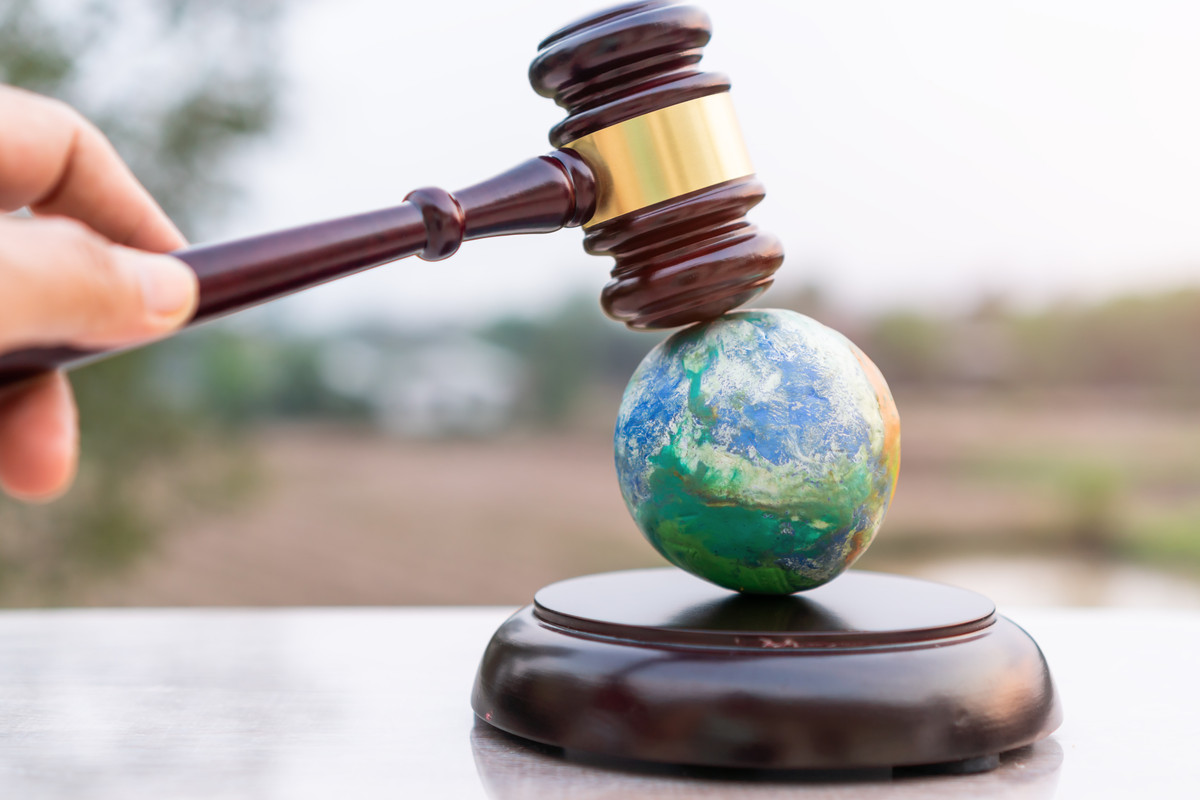Environmental Law
by siteadmin

Environmental law focuses on protecting the environment from pollution. This includes the protection of air, water, and land. Environmental laws have become a major area of focus in many practice areas, including law firms, in-house counsel for corporations, public interest and advocacy groups, and the state and federal government. The field also encompasses international law.
Conservation and Management
The conservation and management of land, water, and marine resources are crucial elements of environmental law. These laws ensure that natural resources can be used without harming the environment and protect a variety of wildlife and habitats.
The focus of conservation and natural resource management is often on protecting biological diversity within its natural environment, such as through legal protected areas or habitat restoration. Nevertheless, a range of issues can arise when these resources are managed outside of their natural surroundings.
Gender equity is vital to the success of conservation and natural resource management, but the sector does not prioritize this in its leadership, funding, or in the communities where these activities are implemented. Specifically, inequities in access to resources for women and men are a key barrier to the full and meaningful participation of women.
Human Health and the Environment
Human health and the environment are often intertwined issues that must be addressed in environmental law. They often involve regulating activities that produce harmful chemicals, pollutants, and other substances.
Some of these substances have long-term effects that take years to degrade in the environment. They can contaminate water supplies, food, and air, as well as harm people who consume them.
The environmental health laws that are in place to protect our health and the environment are designed to minimize or avoid these problems. They may include regulations on transportation, air pollution, and waste disposal.
Another consideration that is often integrated into environmental health laws is environmental justice, the idea that some groups of people are disproportionately affected by exposures to hazards such as lead, asbestos, pesticides, and industrial chemicals. This is especially true for children, the elderly, and those with genetic mutations that increase their vulnerability to certain risks.
Legal Issues
Environmental laws address a wide range of issues, from air and water pollution to land use, wildlife conservation, solid waste disposal, and hazardous substances. They often regulate activities that disperse pollutants into the environment, such as transportation and disposal of hazardous materials, manufacturing, farming, and logging.
Regulatory compliance is a common concern for businesses, government agencies, and environmental groups. Attorneys who represent industry, regulated entities, and governments may be involved in drafting or enforcing environmental regulations.
Legal challenges to environmental law can be opportunistic, such as by a business who wants to protect their bottom line, or strategic, such as by property rights activists or anti-regulatory activists who seek to derail or roll back regulations, they believe will harm the economy.
While a lot of environmental law is embodied in statutes, regulations, and policy choices, some is also reflected in the decisions of international, national, and local courts. Some are even rooted in treaties or negotiated agreements between governments.
Regulations
Environmental law covers a wide range of issues, from the design and production of products to environmental standards for air quality, water, and waste disposal. It is a combination of regulations, statutes, local and national legislation, and treaties.
Regulations in environmental law generally involve three basic elements: identification of a type of environmentally harmful activity, imposition of specific conditions or standards, and prohibition of forms of the regulated activity that do not comply with those imposed conditions or standards.
Some laws, such as the Clean Air Act and the Clean Water Act, regulate actual discharges of pollutants into the environment, while others establish management practices that minimize the risk of discharging pollutants.
There are also many laws that regulate cross-border pollution, including the International Treaty on Civil and Political Rights (ICPR), which imposes a legal obligation on all nations to protect their environment from damage by the activities of another nation. Other laws address the conservation of flora and fauna, such as the Convention on International Trade in Endangered Species (CITES), which requires signatory countries to protect their endangered species from illegal trade.
Environmental law focuses on protecting the environment from pollution. This includes the protection of air, water, and land. Environmental laws have become a major area of focus in many practice areas, including law firms, in-house counsel for corporations, public interest and advocacy groups, and the state and federal government. The field also encompasses international law.…
Recent Posts
- Beepothecary Expands Product Line with Innovative Honey Bee Cream and Propolis Solutions
- Beepothecary Expands Product Line with Innovative Honey Bee Cream and Propolis Solutions
- Arthur Murray Dance Studio Brings World-Class Dance Lessons to Morristown, NJ
- Revolutionizing Heating Solutions with Expert Oil to Gas Conversions
- Revolutionizing Digital Marketing for Long Island Businesses
